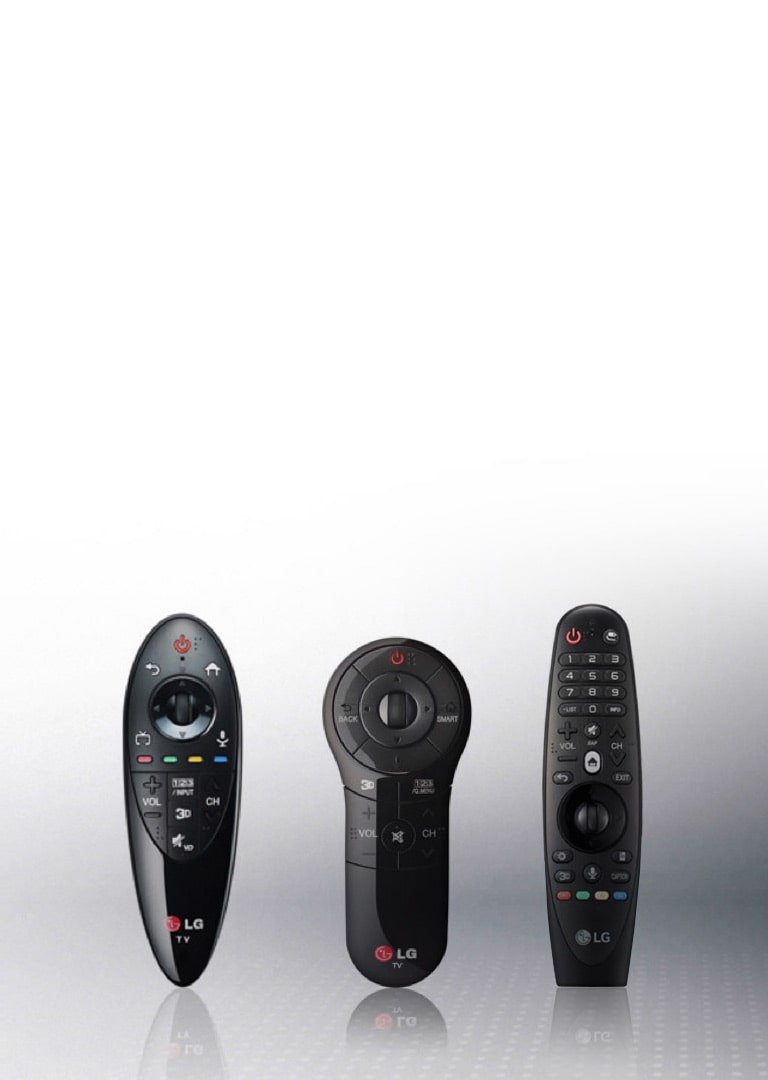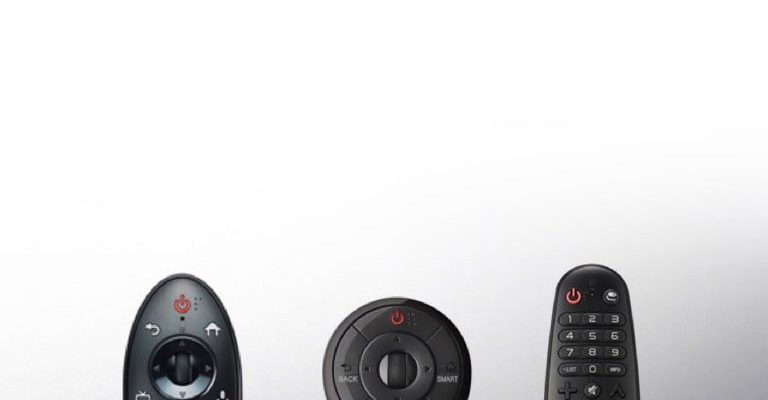
Honestly, if you’ve never programmed an LG TV remote before, it can seem like you’re venturing into a maze without a map. But once you know the steps (and a few shortcuts), syncing up that remote is as simple as brewing your morning coffee. Whether you’ve got the classic LG Magic Remote or a plain-Jane standard one, or you’re wrestling a universal remote to behave with your TV, it all boils down to connecting the right “language” between remote and screen.
So, if you’ve ever fumbled with codes, yelled at a blinking LED, or mashed buttons in a panic, you’re in the right place. Let’s get into how to program your LG TV remote quickly, easily, and with way less frustration than you might expect.
The Different Types of LG TV Remotes (And Why That Matters)
Let me break it down. Not every LG TV remote is created equal, and knowing which one you’re holding makes a big difference. Some LG TVs come with a Magic Remote—the fancy one with a pointer and voice control. Others stick with a classic, no-frills remote with the usual layout. And if your original remote went MIA, maybe you’ve picked up a universal remote that claims to do it all.
Let me paint a picture: you’re holding your new Magic Remote and waving it at the TV, but nothing’s happening. There’s a reason! The Magic Remote uses Bluetooth to pair, while a standard LG remote usually talks to the TV using infrared signals. And don’t even get me started on universal remotes, which need the right code to “speak” LG’s language.
- Magic Remotes: Bluetooth-based, often require pairing and sometimes updates.
- Standard Remotes: Infrared, typically need no pairing but can sometimes be synced if there’s a glitch.
- Universal Remotes: Need programming with codes, and it’s crucial to pick the one matching your LG TV model.
If you know your remote kind, you’re halfway there. Each type has its own setup process, so don’t worry if you’re lost—that’s what we’ll walk through next.
Understanding the Programming Process: How Remotes “Talk” to Your TV
Here’s the thing: programming a remote isn’t magic, even if one’s called “Magic.” It’s about making sure your remote and TV can understand each other—kind of like introducing two friends who speak different languages. The TV waits for a specific “hello” from the remote; once it hears it, they’re in sync.
For LG Magic Remotes, the pairing process is mostly automated but does require your TV to recognize the remote via Bluetooth. You’ll usually see on-screen prompts guiding you. For standard remotes, things are more plug-and-play—if the remote works, you’re set. But a universal remote? That’s where things get tricky.
You’ll need to enter a code—a unique number that tells the remote, “Hey, act like an LG remote now!” Miss the right code, and you’re stuck flipping through pages of numbers or pressing buttons while hoping for the best.
*”Think of it like setting up a new Wi-Fi device. If you enter the wrong password (code), it just won’t connect. But once you get it right, it’s smooth sailing.”*
How to Program an LG Magic Remote in Minutes
Let me walk you through this, because I’ve done it for friends and, honestly, it’s not as intimidating as it sounds. First, make sure your remote has fresh batteries. Old batteries? Not worth the headache.
Turn on your LG TV. If your Magic Remote isn’t already paired, you’re usually prompted to pair it the first time you use it. If not, just press and hold the OK or center button until you see a pairing message on the TV. Sometimes the LED on your remote blinks rapidly while pairing; that’s normal. Give it a few seconds.
Once paired, you can use the remote pointer to navigate menus, issue voice commands, or even scroll—like a mini mouse for your TV. If the remote ever gets unpaired, just repeat the steps above.
What if it doesn’t pair? Here’s a trick I swear by: Remove the batteries, wait 10 seconds, then reinsert them. Start the process over. If it still doesn’t work, you might need to reset your remote (which sometimes means holding down both the Home and Back buttons for five seconds). Sounds silly, but it often does the trick!
Pairing a Standard LG Remote: Quick, Simple, and No Codes Needed
Standard LG remotes are the tech equivalent of comfort food—familiar, reliable, and low drama. No Bluetooth, no pairing menus, just point and click. If it’s not working, chances are the batteries are dead or the remote’s signal sensor is blocked.
Let me explain: Before you panic, check for any obstacles between the remote and the TV sensor. Even a cute cat sitting in front of the TV can block the infrared beam. Try getting closer and aiming carefully. If that fails, pop in fresh batteries—honestly, nine times out of ten, that’s the issue!
Rarely, you’ll need to resync the remote. On some LG TVs, you can do this by holding both the OK button on the remote and the power button on the TV at the same time for a few seconds. You’ll usually see a message or the TV will react with a small beep or flash. If you’re still out of luck, grab a universal remote and read on.
Programming a Universal Remote for LG TVs: Mastering the Code Game
Alright, the universal remote—both a lifesaver and a puzzle box. To work with your LG TV, it needs to be programmed with the correct code. You’ll find these in the remote’s manual or printed on a little slip of paper nobody ever keeps.
Here’s how it usually works:
- Turn on your LG TV manually.
- Hold down the “Program” or “Setup” button on your universal remote until the LED blinks.
- Enter the code for LG (common ones are 10178, 11265, 11756—but always check your manual).
- If correct, the remote’s LED flashes or stays solid. If not, try the next code on the list.
You might need to test buttons to make sure everything works—power, volume, inputs. If only some functions work, try another code. It’s a bit of trial and error, but once you find the right one, it’s smooth sailing.
*Personal tip: I keep a note on my phone with the right code, just in case the remote loses its memory or my nephew presses random buttons.*
Troubleshooting: When Your LG Remote Just Won’t Program
You might be wondering, “What if I follow all the steps and the remote still won’t pair or program?” Frustrating, I know. Here’s how I tackle it:
First, check the batteries. Old batteries can make remotes act glitchy. No shame in swapping them out—just do it. Next, make sure your TV’s software is up to date. An old firmware version can sometimes make remotes stubborn.
If you’re trying to sync a Magic Remote and it keeps failing, try unpairing it first (hold down the Back and Home buttons together), then pair again. With universal remotes, cycle through all available LG codes—even the less obvious ones. Sometimes, a code for a different LG model just works.
Still no luck? Double-check that the remote itself isn’t damaged. Dropped it one too many times? Spilled coffee on it? It might be time for a replacement.
Resetting Your Remote: A Secret Weapon for Stubborn Sync Issues
Resetting might sound extreme, but it’s often the nudge your remote needs to sync up. For most LG remotes (especially Magic ones), you can reset by removing the batteries, waiting 10 seconds, and then pressing every button once before reinserting the batteries. This clears any phantom signals stuck in the circuitry.
Some remotes also have a hidden reset sequence. For example, holding the Home and Back buttons (or other combos, depending on your model) for five seconds can trigger a reset. After that, try pairing again.
*Think of resetting like giving your remote a fresh start—like when you finally restart your old laptop and it suddenly works like new. Magic? Not really, just a digital declutter.*
When to Replace, When to Repair: Reading the Signals
Let’s be honest, sometimes remotes just wear out. If you’ve tried every code, replaced the batteries, reset, paired, and re-paired and you’re still getting nowhere—you might be dealing with a hardware issue. Signs your remote is toast? Sticky or unresponsive buttons, burned out LEDs (no little red light when you press a button), or visible water damage.
At this point, replacing is probably easier (and cheaper) than repairing. LG offers replacement remotes, and most universal remotes can fill in too. Just make sure you double-check compatibility, especially if you’re using features like voice commands or smart TV shortcuts.
If your remote is still under warranty, or it came with a brand new TV, reach out to LG support. You’d be surprised how often they’ll ship a replacement for free—one less thing to worry about.
Universal vs. LG-Brand Remotes: Which One Wins?
Here’s a little debate that comes up more than you’d think: should you stick with the LG-branded remote, or go for a universal one? It depends on what you want. LG remotes offer the best compatibility (especially for smart features and voice control), but universal remotes are handy if you want to control multiple devices with a single tool.
- LG Remote: Perfect fit, supports all features, easiest pairing for Magic and standard remotes.
- Universal Remote: Controls multiple devices, but some LG features might not work (like voice input or quick launch keys).
If you mostly use basic TV functions—volume, power, inputs—a universal remote is fine. But for that full LG “smart” experience, especially with newer TVs, stick with the official remote or a high-end universal model that supports LG codes and features.
Wrapping Up: Syncing Up for Smooth Viewing
Programming an LG TV remote quickly doesn’t have to be a tech nightmare. Whether you’re pairing a Magic Remote, syncing up a standard one, or playing detective with universal remotes and codes, the best practices are all about patience, knowing which type of remote you have, and not being afraid to try, reset, or swap batteries when needed.
I’ll be honest—sometimes it takes a couple tries, but once you get that satisfying “click” and see your remote finally controlling the TV, it’s totally worth it. Keep your codes handy, remember the reset trick, and don’t be shy about reaching out for a replacement if you need it. Happy channel surfing!
